Cucumber Plant
- November 6, 2023
- 0 comment
The cucumber plant, scientifically known as Cucumis sativus, is a popular and versatile member of the gourd family, Cucurbitaceae. It is cultivated primarily for its crisp and refreshing fruits, known as cucumbers, which are a staple in salads, pickles, and a wide range of culinary dishes. Cucumber plants are annual vines with sprawling, green leaves and tendrils that help them climb and spread.
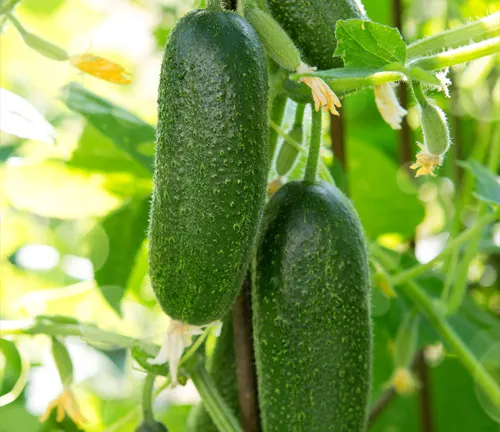
They are characterized by their bright yellow, trumpet-shaped flowers, which eventually develop into cylindrical or elongated cucumbers, depending on the variety. Cucumber plants are relatively easy to grow and thrive in warm climates, making them a common sight in home gardens and commercial farms.
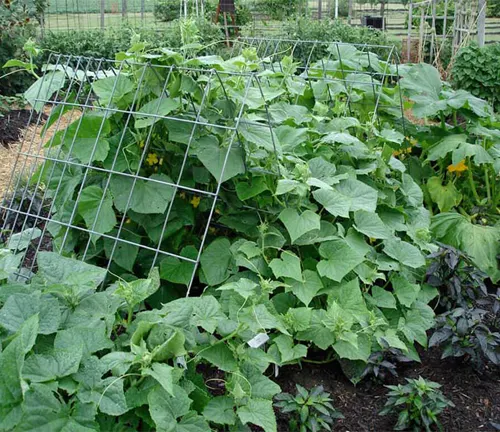
They require well-drained soil, ample sunlight, and consistent watering to produce high-quality cucumbers. These vegetables are not only a source of hydration but also a good source of vitamins, minerals, and antioxidants, making them a healthy addition to any diet. Cucumber plants have a long history of cultivation, dating back to ancient civilizations, and continue to be cherished for their versatility and refreshing taste.
| Characteristics | Description |
| Scientific Name | Cucumis sativus |
| Family | Cucurbitaceae |
| Type | Annual vine |
| Leaves | Green, broad, and lobed |
| Tendrils | Present to support climbing |
| Flowers | Bright yellow, trumpet-shaped |
| Fruit | Cylindrical or elongated cucumbers |
| Cultivation | Warm climates preferred |
| Soil | Well-drained |
| Sunlight | Requires ample sunlight |
| Watering | Needs consistent watering |
| Nutrition | Good source of vitamins, minerals, and antioxidants |
| History | Cultivated since ancient civilizations |
| Versatility | Used in salads, pickles, and various dishes |
| Hydration | High water content |
| Growth Habit | Spreading vines |
| Growth Height | Can climb with support |
| Common Varieties | Examples include slicing cucumbers, pickling cucumbers, and Persian cucumbers |
| Gardening | Suitable for home gardens and commercial farms |
| Ease of Cultivation | Relatively easy to grow |
Botanical Beauty of the Cucumber Plant
The cucumber plant, scientifically known as Cucumis sativus, is a botanical beauty that captivates with its lush, green foliage and vibrant yellow flowers. As a member of the Cucurbitaceae family, it exhibits a striking combination of features that make it a popular choice for gardeners and nature enthusiasts alike. With its sprawling vines and elegant leaves, the cucumber plant stands out as a botanical gem that adds a touch of natural charm to any landscape.
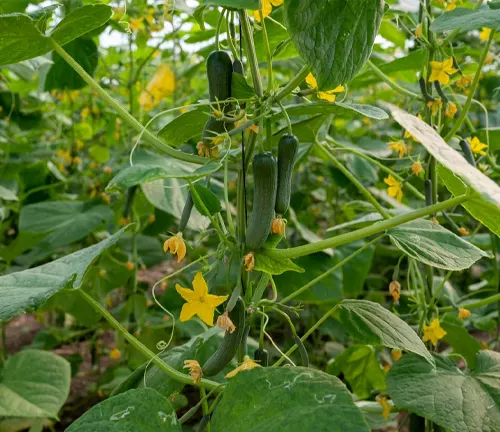
Woodland Elegance
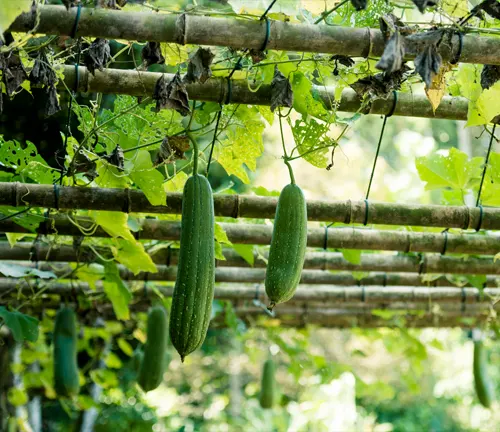
Cucumber plants, often grown in home gardens or agricultural fields, offer a touch of woodland elegance with their lush, broad leaves and delicate tendrils. These vines gracefully climb trellises and other support structures, creating a visually appealing and functional addition to outdoor spaces. The leaves, adorned with deep green hues, provide a picturesque backdrop for the cucumber’s bright yellow, trumpet-shaped flowers. Together, they infuse the garden with a sense of grace and serenity.
Ecological Importance
Beyond their aesthetic appeal, cucumber plants hold ecological importance in the natural world. They serve as a food source for various pollinators, including bees and butterflies, facilitating essential cross-pollination in the ecosystem. Furthermore, cucumber plants, like other members of the Cucurbitaceae family, are part of the intricate web of plant life that sustains many animal species. Their role in providing habitat and sustenance underscores their significance in maintaining biodiversity.
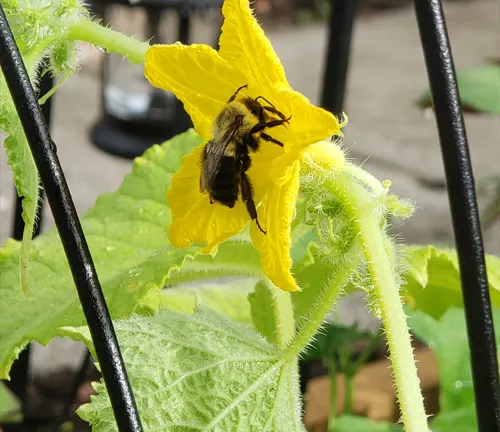
Cultivation and Conservation
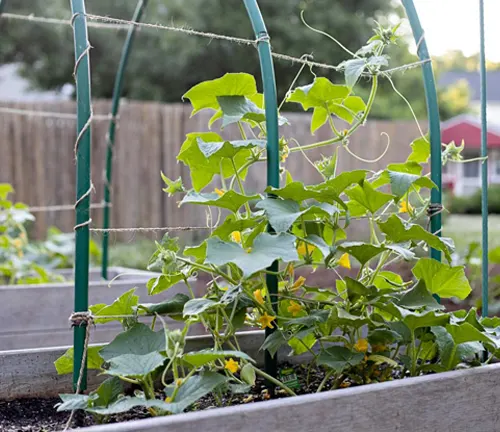
Cultivating cucumber plants is a time-honored tradition, dating back to ancient civilizations. Their straightforward growth requirements, including well-drained soil, ample sunlight, and consistent watering, make them a favorite among both novice and experienced gardeners. However, it’s essential to recognize the importance of conservation efforts, as the loss of biodiversity and habitat destruction threaten many plant species, including the cucumber. By practicing responsible cultivation and protecting natural environments, we can contribute to the preservation of these remarkable plants.
Fragrance
One of the lesser-known but delightful aspects of the cucumber plant is its subtle fragrance. When the cucumber’s yellow flowers bloom, they emit a delicate, pleasing scent that can enchant anyone passing by. This fragrance adds another layer of sensory allure to the garden and enhances the overall experience of being in its presence.
Soil Stabilization
Cucumber plants play a role in soil stabilization, with their extensive root systems helping to prevent erosion and maintain the integrity of the ground. This ecological service contributes to the health of ecosystems and provides stability in regions prone to soil degradation. By cultivating cucumber plants and other vegetation, we can play a part in preserving our planet’s natural balance.
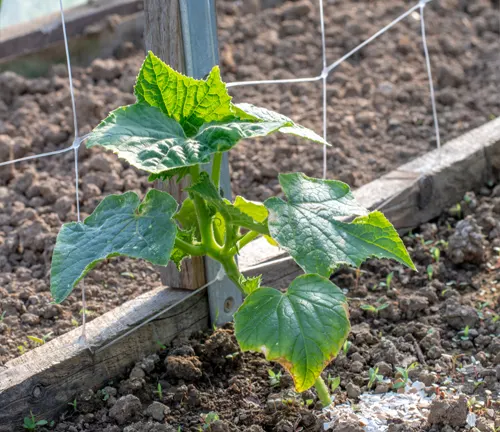
Common Uses
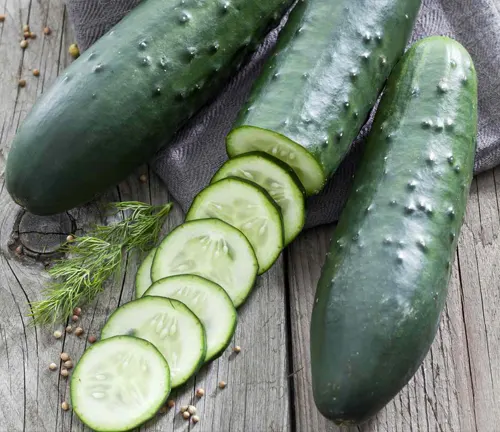
Cucumber plants offer a variety of common uses that extend far beyond their ornamental value. The most well-known use is, of course, the consumption of cucumbers in salads, sandwiches, and pickles. These versatile vegetables provide a refreshing crunch and are a dietary staple in many cultures. Cucumber plants also have applications in the cosmetic industry, as cucumber extracts are often used in skincare products for their soothing and hydrating properties.
Benefits
The benefits of the cucumber plant are plentiful. Its high water content makes cucumbers an excellent choice for staying hydrated, while they also provide essential vitamins and minerals. Cucumbers are known for their antioxidant properties and potential health benefits, including improved digestion and skin health. Additionally, the cucumber’s ease of cultivation and versatility in culinary applications make it a valuable addition to gardens and kitchens worldwide.
Different Species
Cucumis sativus
This is the most common species of cucumber plant and includes various cultivars. These cultivars can be further categorized into slicing cucumbers (for fresh consumption), pickling cucumbers (for making pickles), and specialty varieties like Persian cucumbers.
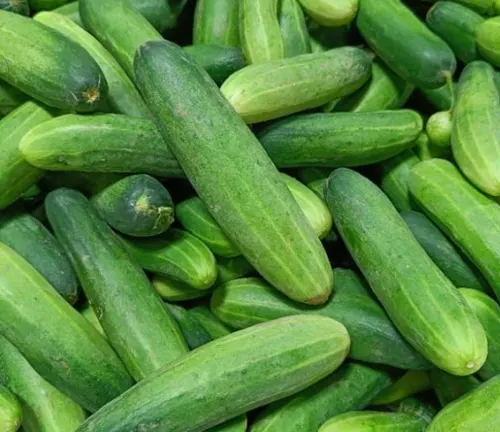
Cucumis melo var. flexuosus
Also known as Armenian cucumber or snake melon, this species produces long, curved cucumbers with a mild flavor and a crunchy texture. It’s often used in salads and can grow up to several feet in length.

Cucumis anguria
Commonly referred to as West Indian gherkin or burr gherkin, this species produces small, spiky cucumbers that are often used for pickling and have a slightly different flavor compared to the standard cucumber.
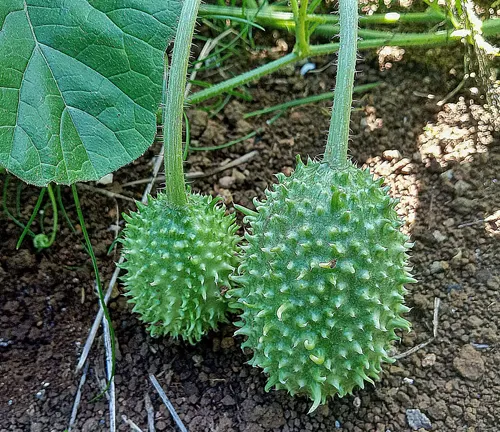
Cucumis metuliferus
Known as horned cucumber, kiwano, or African horned cucumber, this species produces spiky, orange fruits with a unique taste. It’s not typically eaten fresh but is used for its unusual appearance and flavor in salads and garnishes.

Cucumis dipsaceus
Also called wild cucumber or spiny cucumber, this species produces small, spiky fruits that are not typically consumed but are appreciated for their decorative value in gardens.
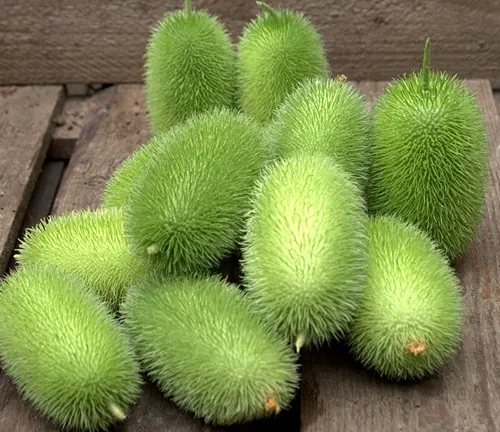
Cucumis myriocarpus
Known as gooseberry gourd, this species produces small, round fruits that resemble tiny watermelons. They are generally not eaten but can be grown for ornamental purposes.
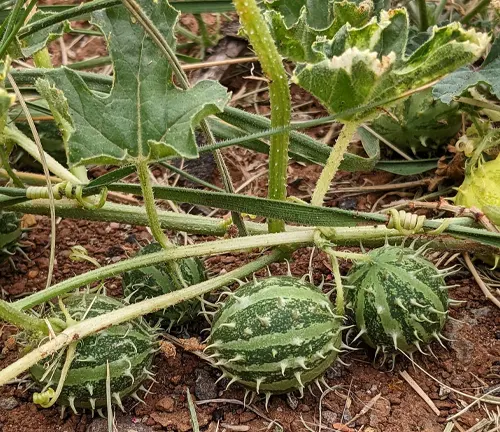
Cucumis prophetarum
This species, commonly called the Wild West Indian gherkin, produces small, spiky cucumbers similar to Cucumis anguria. They are used for pickling in some regions.

Frequently Asked Questions (FAQs)
- How do I grow cucumbers at home?
To grow cucumbers at home, you’ll need well-drained soil, ample sunlight, and consistent watering. You can start by planting cucumber seeds or seedlings in your garden or in containers. - What are the different types of cucumber plants?
Cucumber plants include various species and cultivars, such as slicing cucumbers, pickling cucumbers, Armenian cucumbers, and specialty varieties like Persian cucumbers. - How long does it take for cucumbers to grow?
The time it takes for cucumbers to grow varies depending on the variety, but most cucumbers are ready to harvest in 50 to 70 days after planting. - What are the common pests and diseases that affect cucumber plants?
Common pests include aphids, cucumber beetles, and spider mites. Diseases like powdery mildew and downy mildew can also affect cucumber plants. - How can I prevent cucumber plants from getting diseases and pests?
To prevent issues, use proper crop rotation, maintain good garden hygiene, and consider using organic or chemical treatments, as needed. Choosing disease-resistant cucumber varieties can also help. - When and how should I harvest cucumbers?
Cucumbers should be harvested when they reach the desired size and are still firm and green. Use clean scissors or pruners to cut them from the vine to avoid damaging the plant. - Can I eat the skin and seeds of cucumbers?
Yes, the skin and seeds of cucumbers are edible and contain additional nutrients and fiber. However, some people may choose to peel cucumbers for personal preference. - What are the health benefits of cucumbers?
Cucumbers are low in calories, high in water content, and provide vitamins and minerals. They can aid in hydration, digestion, and skin health. - Can I grow cucumbers in containers or pots?
Yes, cucumbers can be grown in containers or pots, provided they have sufficient space, support structures, and proper care. - How can I store cucumbers to keep them fresh for longer?
Cucumbers should be stored in a cool, dry place or in the refrigerator. Placing them in a plastic bag or wrapping them in a damp paper towel can help extend their freshness. - Can I save cucumber seeds for future planting?
Yes, you can save cucumber seeds by allowing mature cucumbers to fully ripen and then extracting the seeds. Dry and store them properly for future planting.


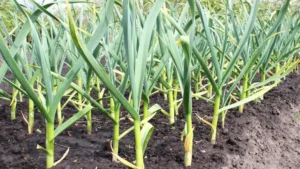

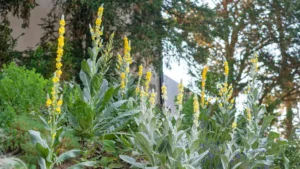
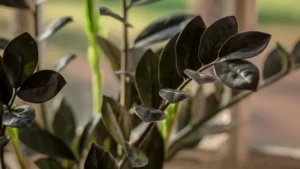
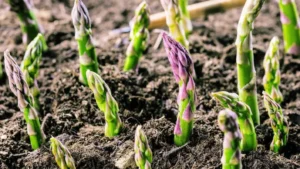


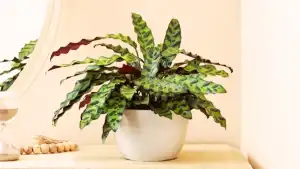
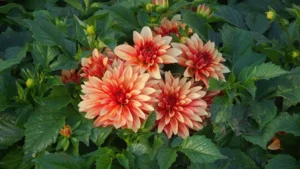



Leave your comment